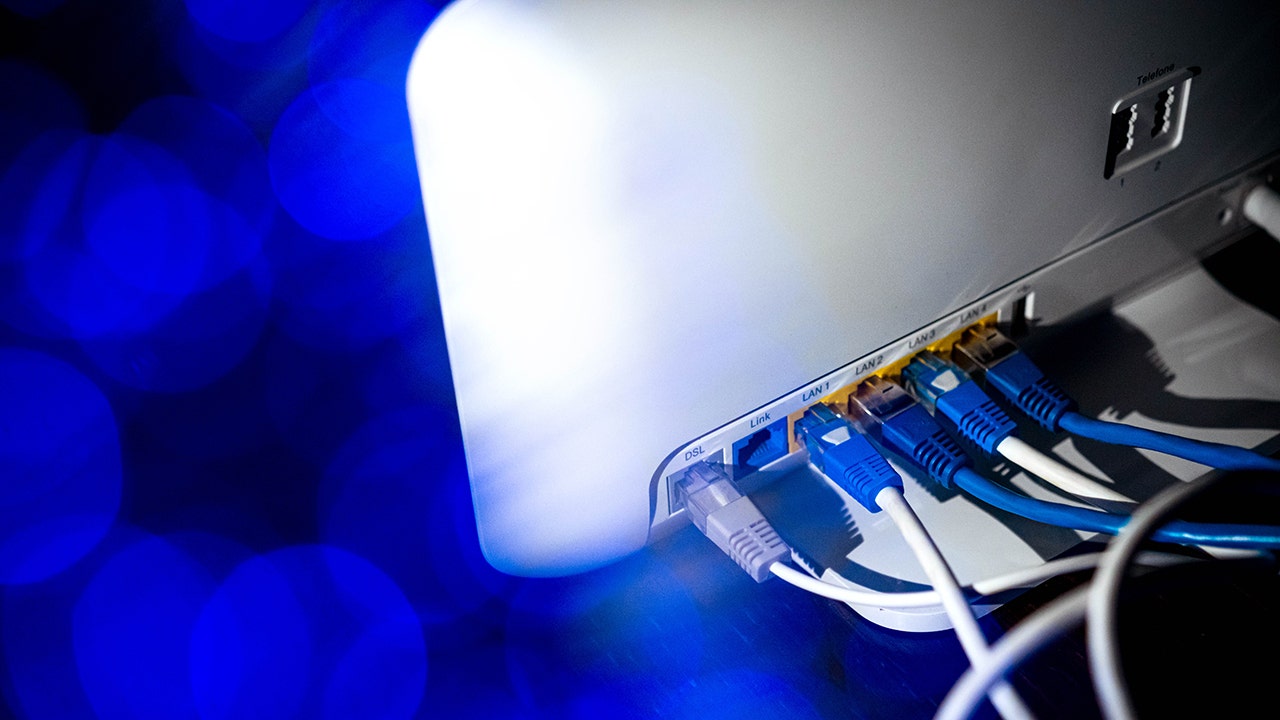SALTZMAN: At the cottage but have work to do? Tech can help
Barbecue on the deck? Check. Boat tied to the dock? Yep. The sound of loons flying over the lake? You bet.
Article content
It’s cottage (or cabin) season, and so you’re likely — nay, understandably — spending time away from the urban jungle this summer.
And while you’re hanging out mostly with family, friends and nature, you’ll no doubt have to get some work done, too.
That’s just fine — in fact, you might be more productive while reclining in a Muskoka chair than your stuffy office in the city — but be sure to bring the right gear with you. Remote settings bring some additional challenges to remaining connected to the office.
And so, the following are a few suggestions to staying on your game, wherever life (and work) takes you.
Reliable internet is a must
You could have the best gear in the world, but none of it matters without fast and reliable internet.
Advertisement 3
Article content
Options for high-speed internet will vary based on your location. Those who plan to spend a lot of time working somewhere other than home — such as several months per year — should look into what internet service providers are in your area. If there aren’t (m)any options, consider satellite internet service, like Starlink (from $140/month). But be aware trees, hills and other obstructive objects around your property might impact the quality and dependability of satellite internet (not to mention bad weather).
RECOMMENDED VIDEO
Instead, for a short-term, remote “workcation,” it’s recommended to go with a mobile “hotspot” (a.k.a. “hub”), a small device that lets you share your cellular network connection with other devices, so they can access the internet. You would join devices, like a tablet or laptop, to your hotspot via Wi-Fi, but then it’s leveraging 4G or 5G cellular technology to get online. Be aware you will be charged for any data they use, according to your monthly data plan, or if you pick up a separate plan with the hotspot device.
Article content
Advertisement 4
Article content
Each of Canada’s Big Three providers have a different name for these “mobile internet” products: Rogers calls them Rocket Hubs, for Bell it’s Turbo Hubs, and Telus refers to them as Smart Hubs. As for the device itself, popular brands include Inseego, Nokia, ZTE, Sonim, and Alcatel. While costs generally start at $10 a month on a 2-year term, that won’t be for a lot of data, and so expect to pay at least $50 a month for moderate usage. And you’ll need to check if the service provider has solutions available in your province.
Without a healthy wireless data plan, however, you can forget about bandwidth intensive applications like Zoom video calls. So be sure to do your homework ahead of time by visiting carrier websites to read up on plans, costs and conditions. No one wants an unwelcome surprise on a wireless bill.
Advertisement 5
Article content
Boost your calls and texts, too
Speaking of cellular reception, cellphone signal boosters are another popular purchase among those who spend time in remote locations.
After all, it could be embarrassing to have missed or dropped calls when trying to work from a summer home.
The SureCall Flare 3.0 ($499), for example, covers up to 3,000 square feet, and works with any brand of cellphone or smartphone (or hotspots), regardless of the phone carrier. It supports 4G/LTE and 5G networks.
There’s also the SmoothTalker Home Stealth Z6 Series (from $599) that covers up to 10,000 square feet.
An amplifier is usually mounted to a roof, the outside antenna of the phone captures the cellular signal from a nearby tower, which is connected to the interior components. Your phone picks up and amplifies the signal to send it back to the tower. This is important, especially in weak signal areas, as you may get decent signals from a cell tower but can’t connect the call because your phone doesn’t have the power to send it back to the tower.
Advertisement 6
Article content
Sometimes the outside antenna needs to be aimed at a cell tower, if there are no obstructions, while other antennas are omni-directional.
Power, and more
Those who work remotely know all too well inclement weather could knock out power, even temporarily, which might impede your ability to get work done. Always keep your laptop juiced up, just in case, and consider a hotspot wireless device with a back-up battery inside.
If you’re spending time on a dock, backyard or boat, bring along a portable power solution for your mobile device, like the Anker PowerCore 20100 or INIU Power Bank (both about $60). These power banks house a massive 20,100mAh battery and include two or three USB ports to charge up multiple devices (simultaneously, if desired). Always keep your power bank charged up, too, in case you need it.
Advertisement 7
Article content
Speaking of Anker, the company also has a line of much larger SOLIX-branded batteries, which are essentially small power generators, often with emergency lighting and optional solar-powered attachments, that can charge up or run virtually any device during an emergency (or when off the grid, such as when camping or RVing). Often on wheels and with a handle as they’re heavy, these devices can power lights, laptops, CPAP machines, and small appliances. Prices start at about $750, but can go much higher, topping out at about $1,700 for the SOLIX F2000, with is 2400-watt output and support for multiple connections at once: one RV port, four AC ports, three USB-C charging ports, two USB-A ports, and two car outlet.
Advertisement 8
Article content
Other considerations
A few more suggestions while working in remote areas:
* Safeguard your computer and other indoor electronics by making sure your power strip has a “surge protection” feature, which defends against possible voltage spikes that could damage your electronics (often after the power returns).
* On a related note, remember to make a copy of your important computer files on a regular basis. Free cloud services are fine, but remember if the power or internet goes down, you’ll be without your files, so consider a local (offline) solution, too, such as an external drive for your Windows, Mac or Chromebook. WD’s My Passport is a solid pick at about $79 for 2 terabytes.
• Invest in waterproof tech — such as smartphones, e-readers, smartwatches and speakers — in case you get caught in the rain or gets splashed on if near the lake (or your device falls in the water).
Advertisement 9
Article content
• Finally, opt for lighter gear to make it easy to bring around the cottage or cabin, even outside, and with a long-lasting battery (so you can keep the charger in a drawer). The aptly named LG gram laptop (from $1,699) is super light, mere millimetres thin, and has a battery that lasts more than 20 hours on a single charge on some models. Powered by an Intel Core Ultra processor and CoPilot AI, they’re available in a 14-, 15-, 16-inch screen size, plus 2-in-1 “convertible” models, too.
— Marc Saltzman is the host of the Tech It Out podcast (marcsaltzman.com/podcasts) and the author of the upcoming book, Apple Vision Pro For Dummies (Wiley).
Article content




